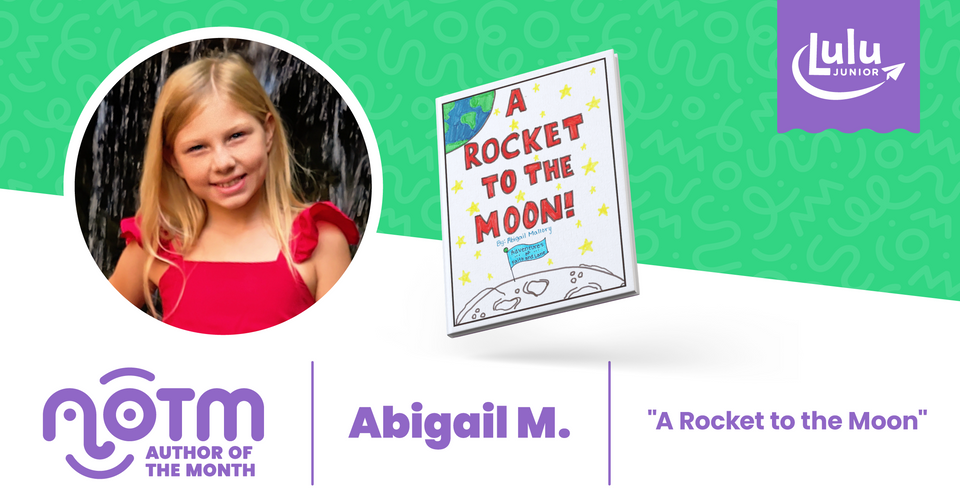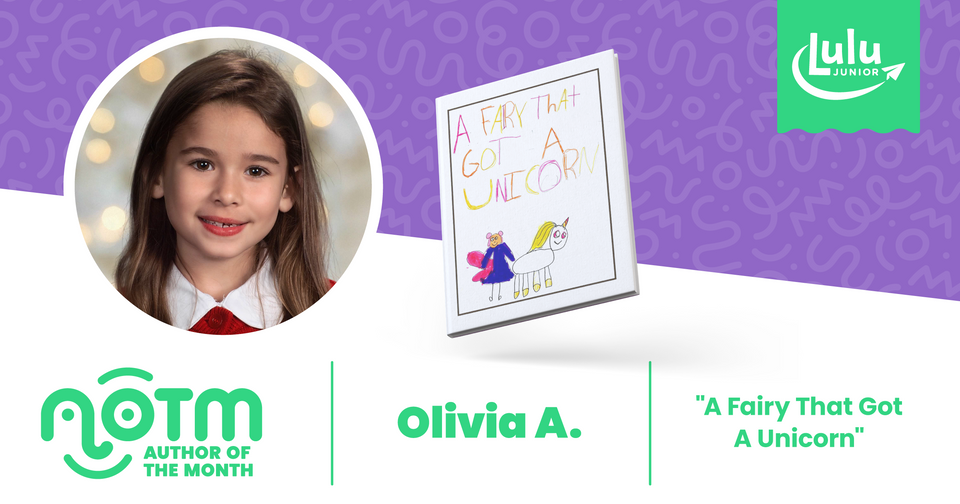
Classroom Writing: Tips for Essay Writing
Lulu Junior kits can be an awesome way to spark a creative project in the classroom. Just hand out a kit to each student and give them space for their imagination to fly.
Sadly, not all classroom writing can be freewheeling storytelling. Or illustrated comic books. Equally as important is the practice your students need writing essays.
Something we’ve noticed is that the Lulu Junior kits are great for getting kids excited about writing, but they simply aren’t enough to get kids excited about classroom writing.
No no, we’re not introducing a Lulu Junior Essay kit. Sorry.
Instead, we’ve got some helpful tips and methods to make essay writing not only easier, but more enjoyable and more educational. These aren’t just classroom tips either. The methods behind essay writing are important to building a child’s critical thinking skills, so these tips apply outside of the classroom too.
Simplify the Complex
The term ‘essay’ has two very specific definitions:
- a short piece of writing on a particular subject.
- an attempt or effort.
This is a great place to start. Because the idea of writing an essay can be daunting. But if you understand that an essay is, at its roots, an attempt to explain in writing a subject, that can simplify what you hope for your students to achieve.
Start with something simple. Like a one page essay on your favorite sport. Or their favorite animal. A simple topic that they have to explain their reasons for.
Mind Mapping
Creating a mind map is an exercise writers at all levels can use. It’s not a method that works for everyone, but it’s worth trying it out.
Mary Walton penned a great guide for Mom’s Choice Awards last year. I recommend checking it out for a detailed look at mind mapping. We’ll cover the broad points here too.
First, you need the topic or question. “What is your favorite sport?”
Here’s what a really simple mind map for that topic might look like:
We start with the question, identifying which sport is our favorite (Soccer). Then we branch out three different subtopics:
- Playing Soccer
- Watching Soccer
- Why Soccer is Great?
That gives us material for three paragraphs to form the body of the essay. Add an Introduction and Conclusion, and you’ve got an essay!
Five Part Structure
When learning the art of essay writing, it’s great to use the Five Part Structure, also referred to as the Five Paragraph Structure. This structure is built on a very simple design:
- Introduction - What will this essay explain?
- Lead Paragraph - Offer your strongest or most relevant argument here.
- Support Paragraph - This can be secondary arguments or support for your main argument.
- Supplemental Paragraph - Finally, offer supplemental or less relevant information. Ideally this would tie back to your main point.
- Conclusion - Tie it all together by drawing a conclusion.
One great way to start this kind of essay structure is with a single sentence or statement for each. Using our above example:
- Soccer is my favorite sport because…
- I enjoy playing soccer and watching soccer because…
- Playing teaches teamwork and watching lets me spend time with my friends…
- Soccer is great because people play it all over the world…
- I love soccer because it helps me be healthy, meet new friends, and learn teamwork.
There we have a very simple structure that can be expanded upon to make a full essay.
Write Often
The last piece of advice for today isn’t about simplifying or planning the essay.
If you want to foster good writing habits with your students, you need to help make writing a habit. Set aside time every day to write. It doesn’t even need to be much. Maybe fifteen minutes.
You can offer the time as free time to journal or you can provide direction. Just get your students to sit with pen and paper daily. This will help alleviate the fear of writing that can develop in kids and give them the space to try different things with their writing.





